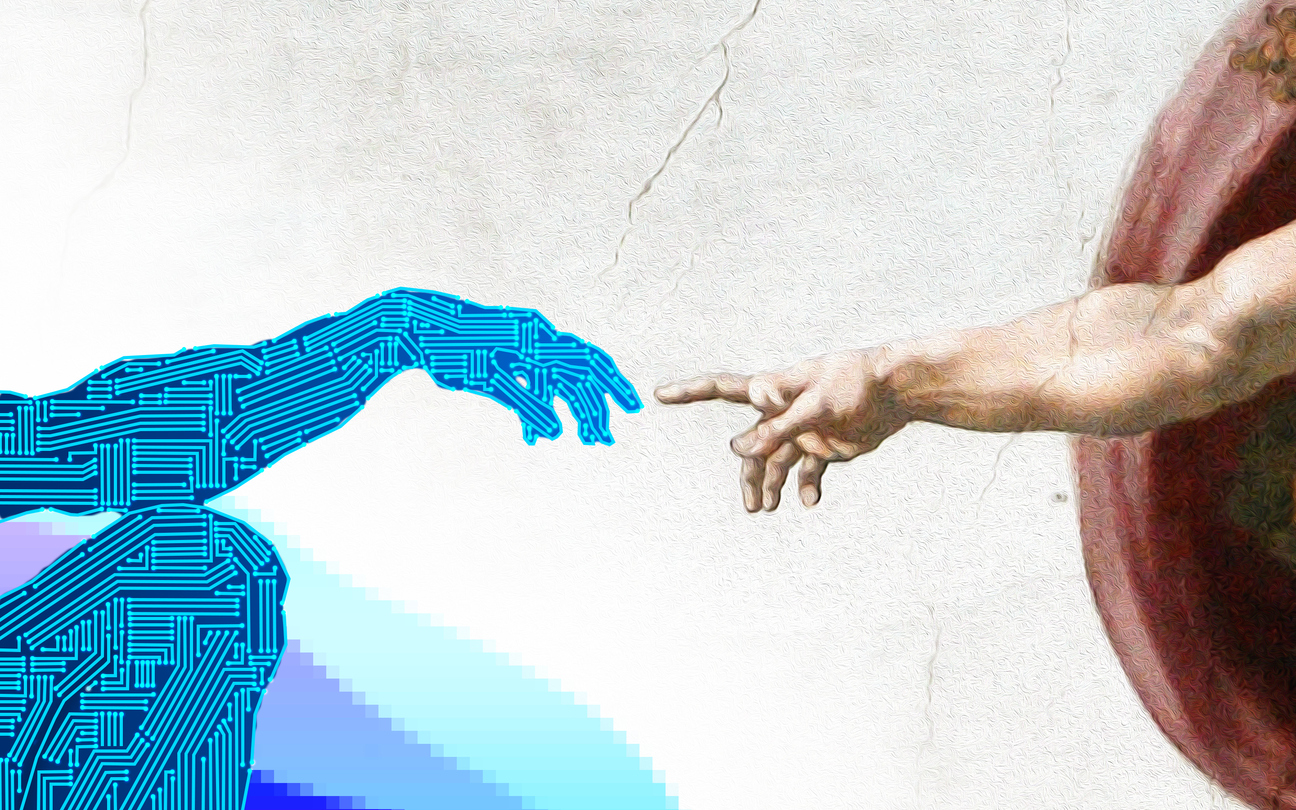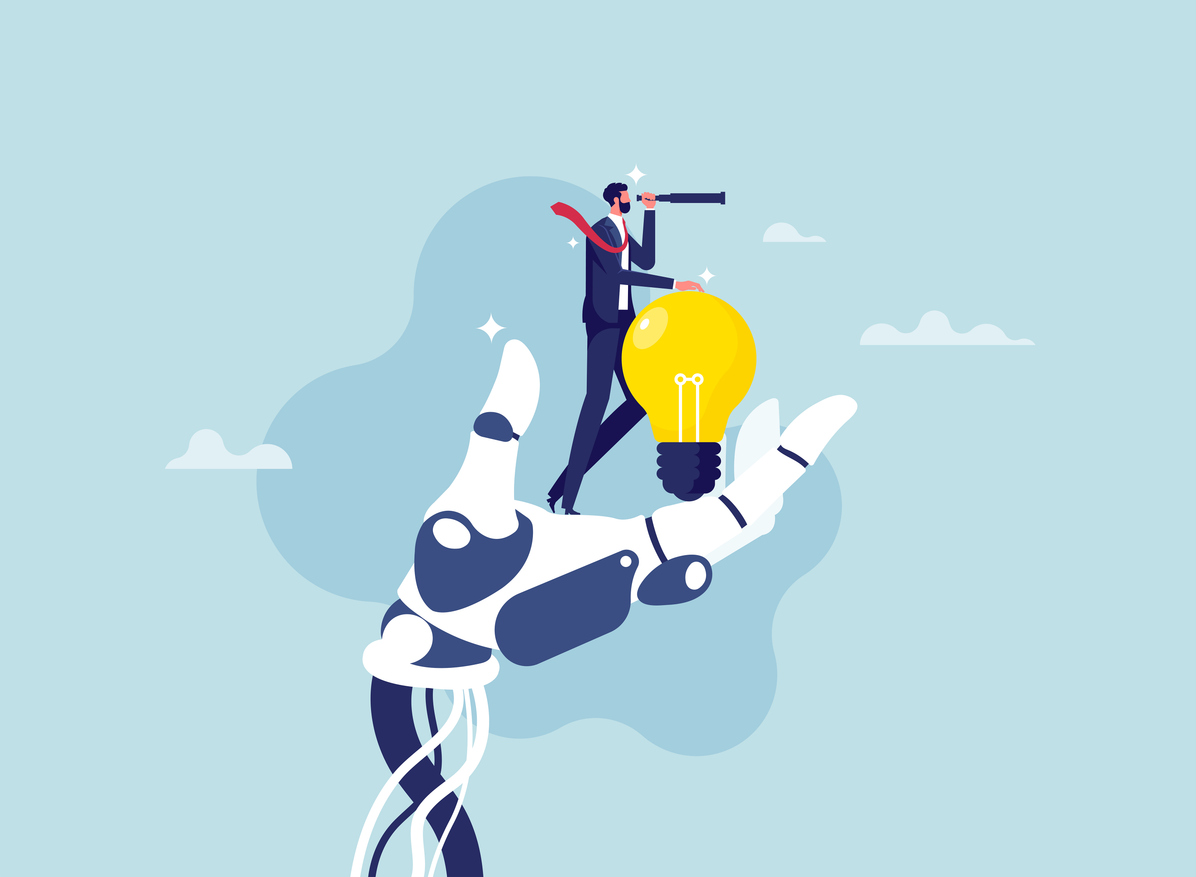
First, we have to agree on what AI is. Then, we can help employees adopt it.
In March, tech gurus including Steve Wosniak and Elon Musk signed an open letter calling for a pause in AI development, citing “human-competitive intelligence (that might) post profound risks to society and humanity.”
More recently, Geoffrey Hinton, hailed as the godfather of AI, quit Google so he could air his concerns independently. In a 2021 commencement address, Hinton said, “I believe that the rapid progress of AI is going to transform society in ways we do not fully understand and not all of the effects are going to be good.” For Hinton, the downsides seem to outweigh the benefits, like improvements in healthcare. The risks he envisions range from job elimination to lethal autonomous weapons. He also says AI might create a world where we will “not be able to know what is true anymore.”
Speaking of misinformation…these stories made it to the table at The View, where hosts weighed in. They talked about the pros and cons of AI, but couldn’t even agree on what AI is. Notably, Whoopi Goldberg said that she defines AI as something “sentient” that “can think for itself.”
Whoa. I’m not saying a robot boyfriend is not in my future, but sentience is NOT what the scientists are talking about. There’s a big difference between smart or fast or autonomous and self-aware.
The lesson for those of us who help the workforce deal with change is this: AI is scary to some people, and possibly for the wrong reasons.
Let’s say your organization is adopting AI to gain efficiencies, reduce costs, or deliver better customer value. How should you approach employees about it?
1. Mind your language.
Maybe don’t call it “artificial intelligence.” I’m not suggesting lying to people; just the opposite. Explain exactly what the new technology will do.
The term “AI” can be triggering. Moreover, “AI” is too broad a term to be useful when talking to employees. AI is a huge category; labeling a new tool “AI” gives very little information to the people who are desperate to know how it’s going to change their work lives.
Think of it this way — will your AI solution detect and prevent dangers in the workplace? Say that! Call it Safety Software. Is AI going to supply customer service agents with better, faster answers to help customers? Say that! Call it Your Customer Service Assistant.
2. Get real.
Approaching any change, what do employees want to know? They want to know how it will affect them – their job responsibilities, their daily tasks, their compensation, their team performance, and their job security.
Get ahead of the resistance by answering questions honestly and thoroughly. Yes, even the bad news. If your new AI… sorry, Customer Service Assistant…will eliminate jobs, be up-front about it.
Most important: document and communicate the day-to-day work that will be different after implementation.
If you don’t tell people the story, they will fill the gap with their own.
3. Reframe AI.
Is the anxiety warranted? Maybe some of it. But AI can also benefit workers — sometimes in big ways. In fact, some employees have already adopted the positive mindset you’re hoping for. A Pew Research study shows 37% of workers are “purely excited” about AI.
And there’s plenty of evidence to back their enthusiasm. AI solutions, like tech before it, can take mundane, focus-intensive tasks off employees’ plates, freeing them up for more analytical and creative work.
One real-world study showed that AI offered big benefits for inexperienced or less-skilled workers by raising the quality of their work and productivity to be on par with their best-performing colleagues.
Armed with facts, examples, and those 37% already excited about it (your “early adopters”), you can – with authenticity — frame your AI adoption as a win-win.
When we need to worry about killer robots, we’ll worry about killer robots. In the present day, lead the change by taking these three steps. You can definitely make AI work for both your bottom line and your human workforce.




